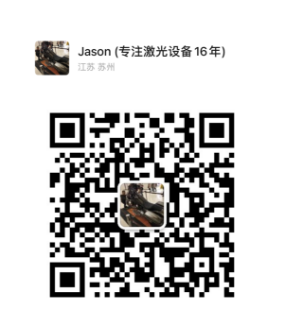1. High-precision marking
Delicate patterns and characters: UV laser marking can generate extremely delicate patterns and characters, ensuring the clarity and recognizability of the mark, and improving consumers' recognition confidence.
QR code and anti-counterfeiting design: QR codes and complex anti-counterfeiting patterns can be finely designed to enhance the anti-counterfeiting effect, making it difficult to be counterfeited and increasing the safety of the product.
2. Non-contact processing
Avoid material damage: Since UV laser marking uses non-contact processing, it can avoid direct contact with the glass surface and reduce the risk of material damage and deformation.
Suitable for fragile and fragile products: For some fragile and fragile glass products, non-contact processing is an ideal choice to ensure that the integrity of the product is not affected during the processing.
3. Wear resistance and environmental resistance
Extremely strong wear resistance: The marks produced by UV lasers have excellent wear resistance and are not easily scratched or worn, ensuring that the marks remain clear during long-term use.
Adapt to various environmental conditions: These marks can adapt to various environmental conditions such as high temperature and humidity, ensure the durability of anti-counterfeiting information, and are not easily affected by external factors.
4. Do not interfere with the appearance of the product
Maintain beauty and transparency: After marking on the glass, it will not significantly affect the appearance and transparency of the product, and consumers can easily appreciate the beautiful design of the glass.
Hidden anti-counterfeiting information: Anti-counterfeiting information can be cleverly integrated into the product design and is not easy to be detected, thereby effectively improving the safety of the product.
5. Fast marking and high efficiency
High-speed marking: UV laser marking technology can mark at high speed on the production line, significantly improving production efficiency.
Adapt to large-scale production needs: This technology can flexibly respond to the needs of large-scale production, help reduce overall manufacturing costs, and enhance corporate competitiveness.
UV laser marking technology has obvious advantages in the field of glass anti-counterfeiting. While improving the anti-counterfeiting effect, it can also ensure the beauty and performance of the product. It is an important innovation in modern anti-counterfeiting technology. Click here for more information

























